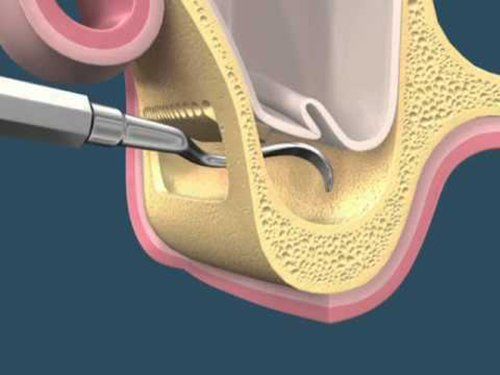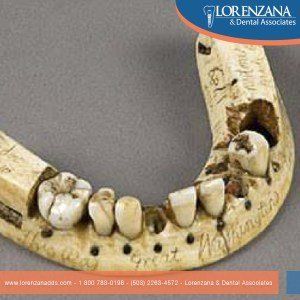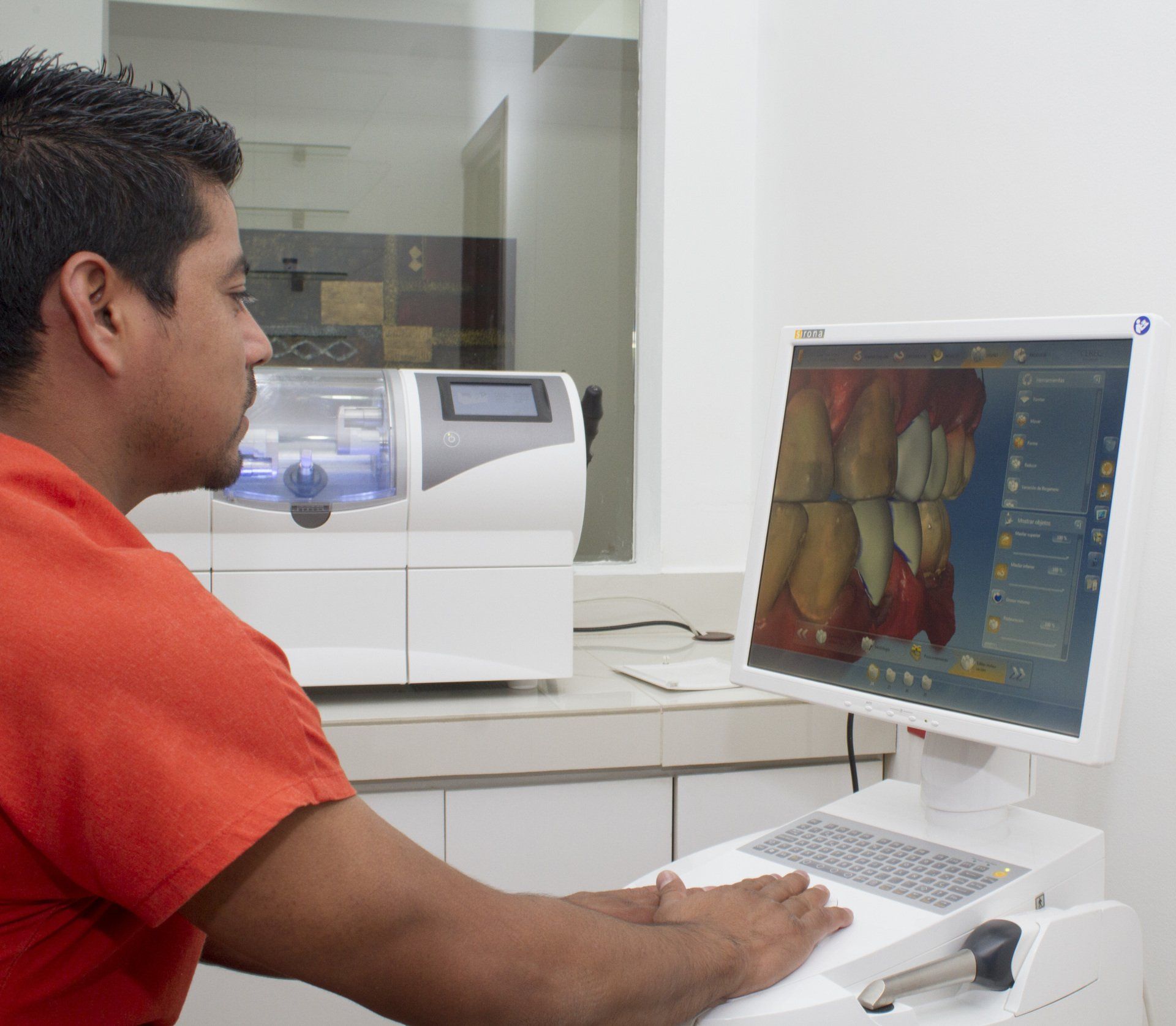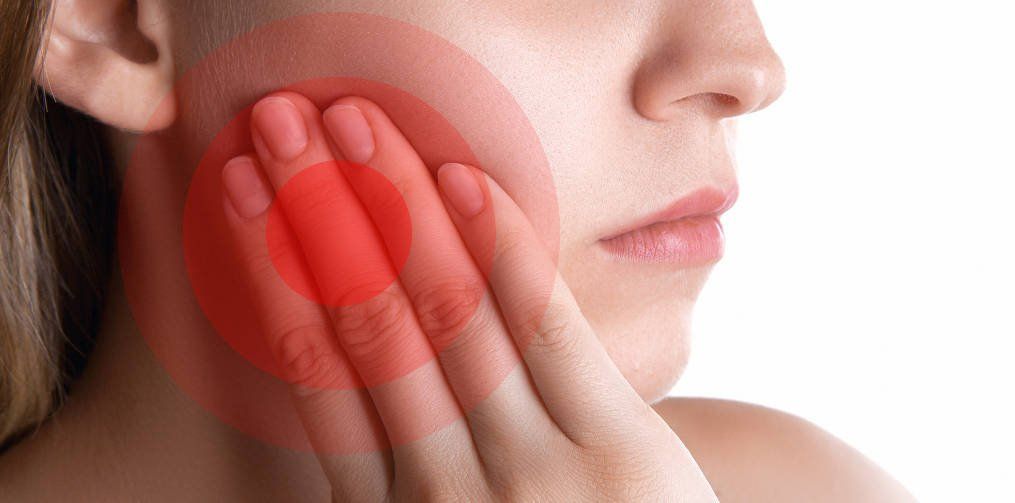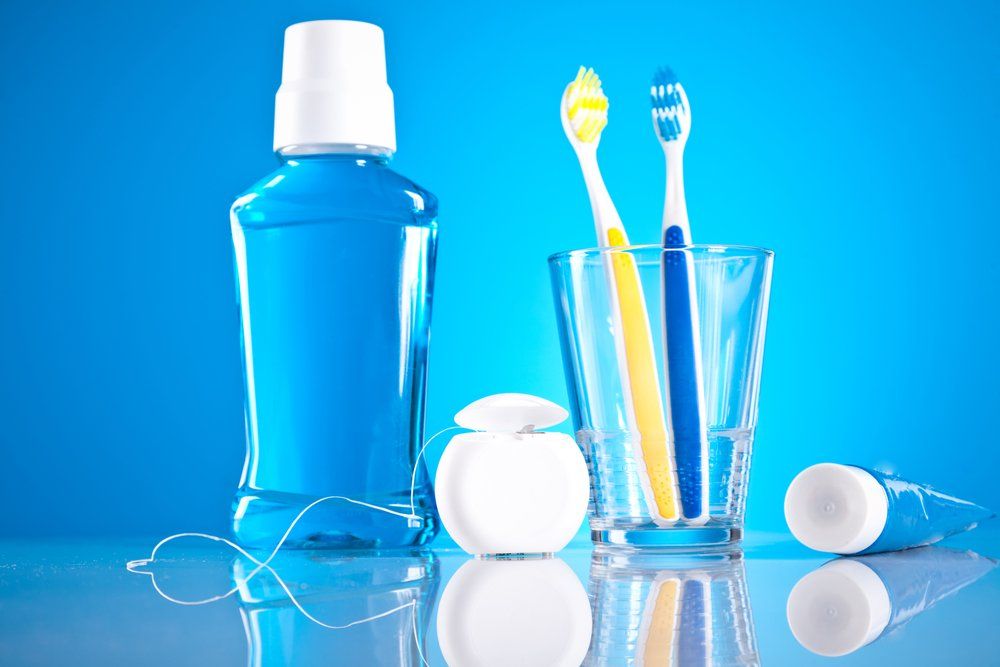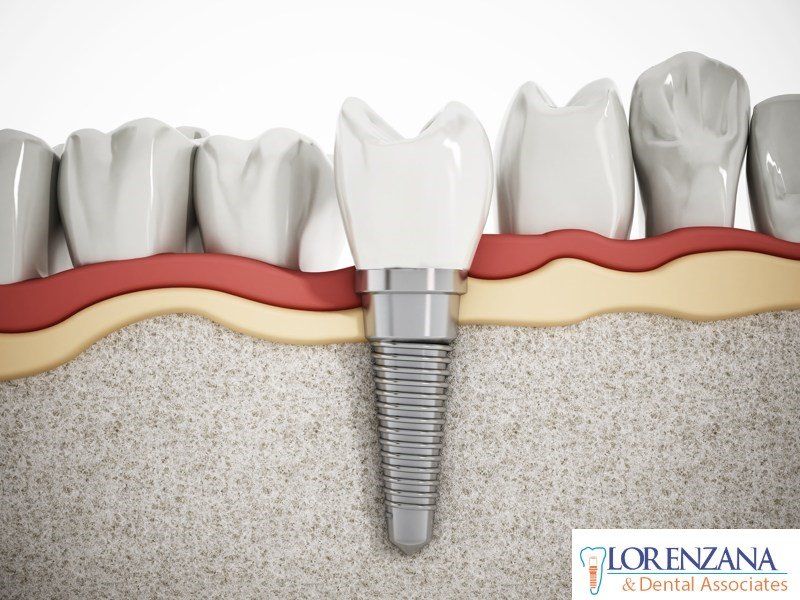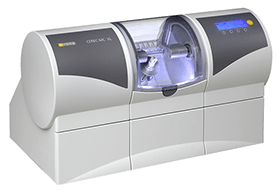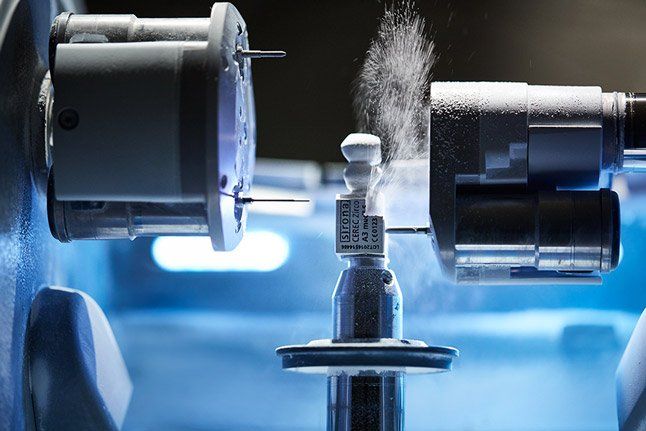Bone regeneration for dental implants
The existence of bone quantity and quality where it is to replace a missing piece for dental implants are placed in the jawbone below the gum is required.
Because Bio-Oss is so similar to human bone, it is readily accepted by our defence mechanisms as a ‘friendly’ graft and is therefore not rejected. Bio-Oss acts as a framework onto which bone forming cells and blood vessels migrate. As these cells and blood vessels travel along the Bio-Oss framework, healthy new bone is formed and the defect is repaired.
http://www.implantesdentalesmexico.com.mx/temas-relacionados/implantes-dentales-temas-relacionados.p... http://www.hospitallane.com/bone-grafting-regeneration.asp//
Regeneración ósea para colocar implantes dentales
Es necesaria la existencia de cantidad y calidad ósea donde se va a reponer una pieza faltante pues los implantes dentales se colocan en el hueso maxilar debajo de la encía. Este los soporta como si fueran raíces dentarias. Si no hay hueso suficiente, no implica la imposibilidad de poner implantes dentales, pero sí recurrir a un procedimiento más, denominado regeneración ósea, el cual echará mano de distintos procedimientos según sea el tamaño de la reparación, su compromiso estético, etc. Estos procedimientos pueden ser simplemente agregar o injertar hueso en la cavidad resultante de haber extraído un diente, o el injerto más el agregado de una barrera para contener el agregado de relleno o directamente recurrir a una cirugía para trasplantar hueso ya sea éste de la misma boca del paciente o si el defecto es más importante y se necesita hueso en bloque se podrá trasplantar desde la tibia o la cresta ilíaca, o cuando la falta ósea es en el maxilar superior, recurrir al levantamiento de seno para aumentar el volumen óseo superior. A veces la regeneración se hace juntamente con la colocación de implantes dentales y otras es necesario esperar un tiempo hasta que se tenga el hueso suficiente y recién entonces hacer la cirugía de implantes dentales.
¿Qué es Bio-Oss?
Bio-Oss es un material de injerto óseo seguro, efectivo a partir de fuentes bovinas especialmente procesadas. Bajo el microscopio electrónico, Bio-Oss se ve muy similar a la del hueso humano. Debido a su similitud con el hueso humano, Bio-Oss es un gran éxito en ayudar a formar hueso nuevo. En muchos casos utilizando Bio-Oss elimina la necesidad de cirugía adicional para obtener su propio hueso y utilizarlo como material de injerto.
Este es el procedimiento de injerto más directo, a menudo llamado "regeneración ósea guiada". El material de injerto óseo se obtiene de ganado especialmente seleccionados y el paciente no requiere de procedimientos adicionales para utilizar su propia médula. Bio-Oss se ha utilizado con éxito durante más de 15 años y se utiliza en los centros especializados de todo el mundo. Para estabilizar el material de injerto Bio-Oss una membrana de colágeno reabsorbible veces se requiere.
¿Cómo funciona el Bio-Oss?
Porque Bio-Oss es tan similar al hueso humano, es fácilmente aceptado por nuestros mecanismos de defensa como un injerto "amistoso" y por lo tanto no se rechaza. Bio-Oss actúa como un marco en el cual las células formadoras de hueso y vasos sanguíneos migran. Como estas células y los vasos sanguíneos viajan a lo largo del marco Bio-Oss, se forma de nuevo hueso sano y el defecto se repara.
http://www.implantesdentalesmexico.com.mx/temas-relacionados/implantes-dentales-temas-relacionados.p...
http://www.hospitallane.com/bone-grafting-regeneration.asp//
